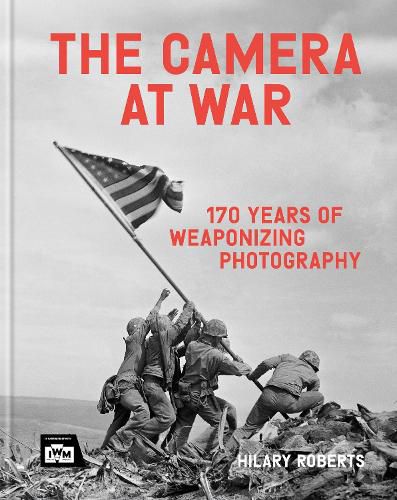Readings Newsletter
Become a Readings Member to make your shopping experience even easier.
Sign in or sign up for free!
You’re not far away from qualifying for FREE standard shipping within Australia
You’ve qualified for FREE standard shipping within Australia
The cart is loading…






It is said that the first casualty of war is truth. But in the arena of war photography, the truth is never simple.
Drawing on an incredible range of imagery from the Imperial War Museum's vast collection and other major archives around the globe, expert curator Hilary Roberts presents a new perspective on the role of image manipulation in this field over the past 170 years,exploring the consequences for our understanding of historic and contemporary conflicts.
From the staged scenes and hand-coloured Daguerreotypes of the Crimean War at the very beginning of conflict photography to the AI-generated protest and propaganda imagery of today, Roberts explores the myriad ways in which layers of meaning can be added, erased or changed completely. As The Camera at War so powerfully reveals, sometimes this has been done in order to present a closer approximation of the truth, and sometimes for the causes of national morale, subterfuge and control of the winning narrative.
$9.00 standard shipping within Australia
FREE standard shipping within Australia for orders over $100.00
Express & International shipping calculated at checkout
It is said that the first casualty of war is truth. But in the arena of war photography, the truth is never simple.
Drawing on an incredible range of imagery from the Imperial War Museum's vast collection and other major archives around the globe, expert curator Hilary Roberts presents a new perspective on the role of image manipulation in this field over the past 170 years,exploring the consequences for our understanding of historic and contemporary conflicts.
From the staged scenes and hand-coloured Daguerreotypes of the Crimean War at the very beginning of conflict photography to the AI-generated protest and propaganda imagery of today, Roberts explores the myriad ways in which layers of meaning can be added, erased or changed completely. As The Camera at War so powerfully reveals, sometimes this has been done in order to present a closer approximation of the truth, and sometimes for the causes of national morale, subterfuge and control of the winning narrative.